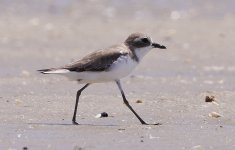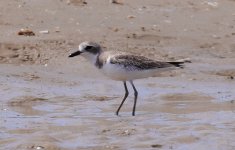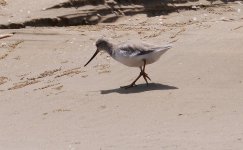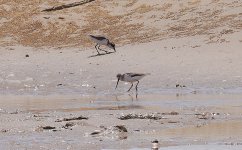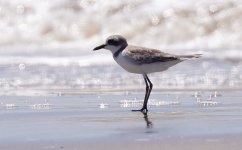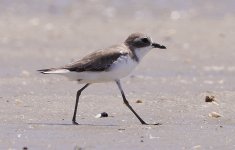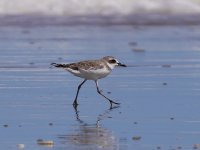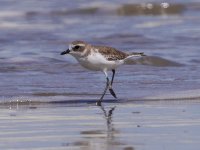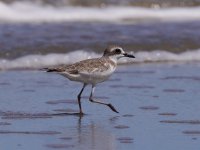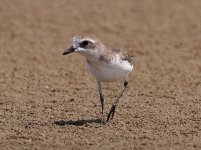#B1. Greater. Note the long, pointed bill, dark mask and almost complete breast band. Pale tarsus.
#B2. Tibetan. Quite a small, dainty bird, rounded head, short, blunt bill. Well-defined white supercilium, extensive white on forehead and lores, fairly small breast band at sides only. Dark legs.
#B3. Greater. Long, pointed bill and large, square head. Dark mask, fairly broad breast band and pale tarsus. An interesting bird, because the supercilium/forehead/lores are pale and quite similar to Tibetan, but structure indicates Greater.
#B4. Tibetan. Small head and short, blunt bill. Very extensive white on forehead and lores, clean white supercilium. Breast band restricted to sides only. Dark legs.
I think the 'bulge' you mention on #B4 is actually due to the angle of the bird. The top of the head is quite broad to give space for the large eyes, and what you see here is the shape of the eye socket on the opposite side of the head.





